‘Close’ poll prompts an expected advertising spending surge
Media players are set to receive a welcome uplift in advertising spending as election campaigns deliver a much-needed boost in revenue for the sector.
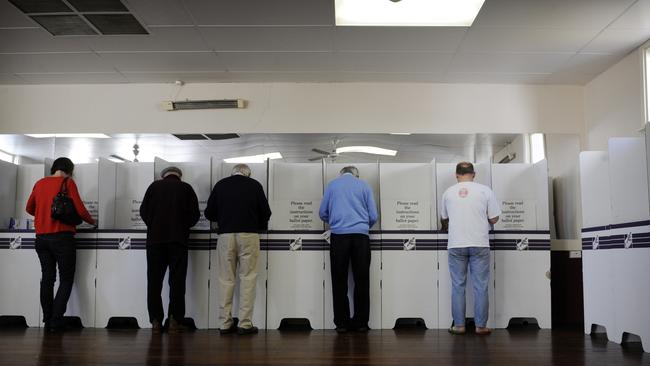
The federal election could deliver additional advertising expenditure of up to $200m across the media market as the major parties and lobby groups splurge to win over voters in what is expected to be a tight race.
Media experts anticipate the investment in the lead up to the May 3 poll will easily outstrip the advertising spending in the four months prior to the 2022 federal election, which saw $165m outlaid over the five months between January and mid May of that year.
Industry experts have told The Australian that as much as $200m in extra spending could be outlaid on political advertising from January to early May this year.
Spending by political groups — including registered parties, lobby groups and unions — has already attracted an extra $10m in advertising this month compared to March 2024, according to new figures from Guideline SMI.
And there was also a 46 per cent increase in government advertising expenditure in January and February, compared with the same period last year.
The investment in TV, including regional and metropolitan, was particularly pronounced, Guideline SMI APAC managing director Jane Ractliffe said.
“The government has been investing more than 50 per cent of its total spend in digital for some time now,” she said. “So while there’s been an increase in overall government ad spend, more importantly, it’s this growth in spend on TV, which has more than doubled year-on-year, which is very significant.”
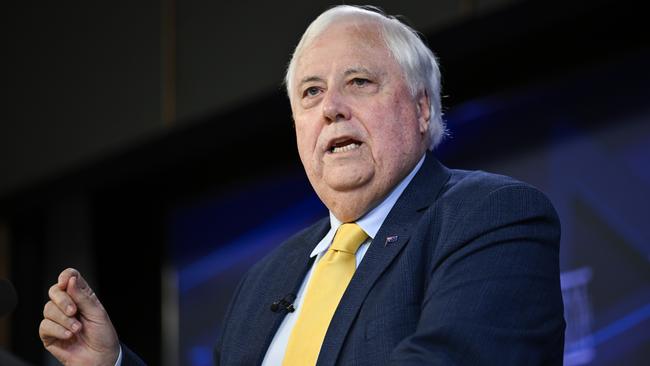
The SMI data also revealed radio ad expenditure jumped 59 per cent and digital grew 36 per cent in the first two months of the year, compared to last year’s figures, while out of home recorded a 30 per cent increase and print received a welcome 17 per cent bump.
While the major parties are tight-lipped on their respective advertising strategies, billionaire Clive Palmer has revealed he plans to spend $50m on advertising to promote his Trumpet of Patriots candidates.
Mr Palmer has dropped more than $500,000 on YouTube advertising alone this month, and spent a further $50,000 on a Facebook ad featuring US TV host Tucker Carlson.
However, Mr Palmer’s overall ad spend is significantly below the reported $121m investment he made during the 2022 campaign, when he led the United Australia Party.
TV and digital media channels are expected to receive the bulk of the overall election ad investment, however podcasting and influencers are expected to play a much larger role in this year’s political campaigning as candidates target younger audiences.
“A potential uplift of around 20 per cent in overall spend (is) expected across the campaign period. This could lead to cost increases and inventory constraints across the market,” GroupM Australia and New Zealand chief investment officer Melissa Hey said.
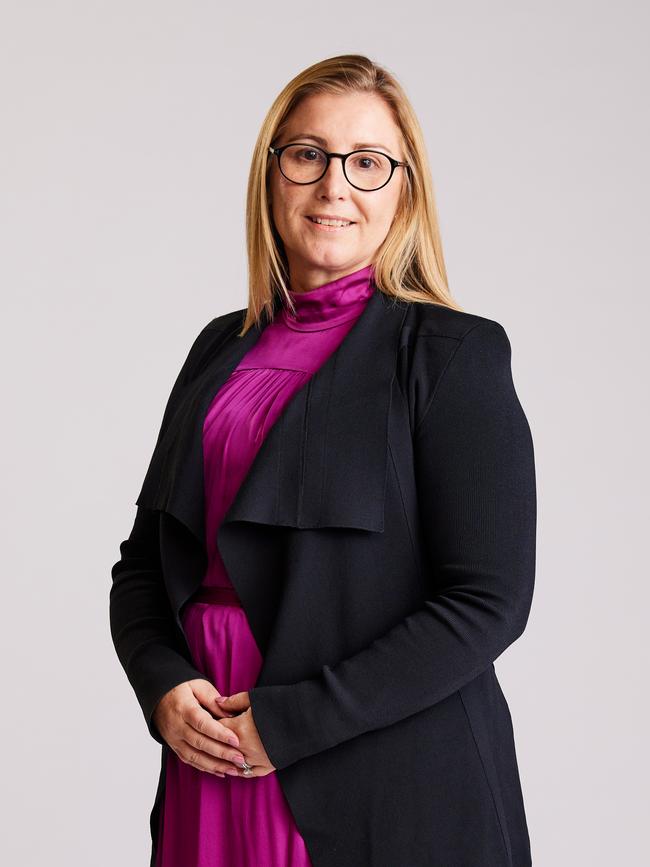
IAB Australia chief executive officer Gai Le Roy predicted advertising spending on this year’s federal poll would exceed that of 2022. “The shift away from a clean two-party race toward a more diverse field, with numerous independents and minor parties, creates a competitive environment that will drive the need for significant advertising and marketing investment,” she said.
However, in a reflection of the recent US election, podcasting and the use of influencers are predicted to be a critical battleground for candidates.
“Podcasting will play a bigger role, both in terms of paid advertising and editorial content,” Ms Le Roy said.
Bench media co-founder and chief operations officer Shai Luft said: “We saw how powerful this was in the US, and now both major parties are following suit. Albanese, Dutton, and Bandt have already hit podcasts with well-known personalities across the political spectrum, not so much to persuade, but to educate younger voters who’ve historically tuned out.
“The fact that influencers were even invited to this year’s budget lockup shows just how seriously Gen Z and Millennials are being courted. Social media is turning into a battleground, with a flood of spending, not just from the parties, but from lobbyist groups.”
With this year’s election marking the first time Gen Z and Millennials outnumber baby boomers at the polling booth, experts expect significant increases in influencer-led content.

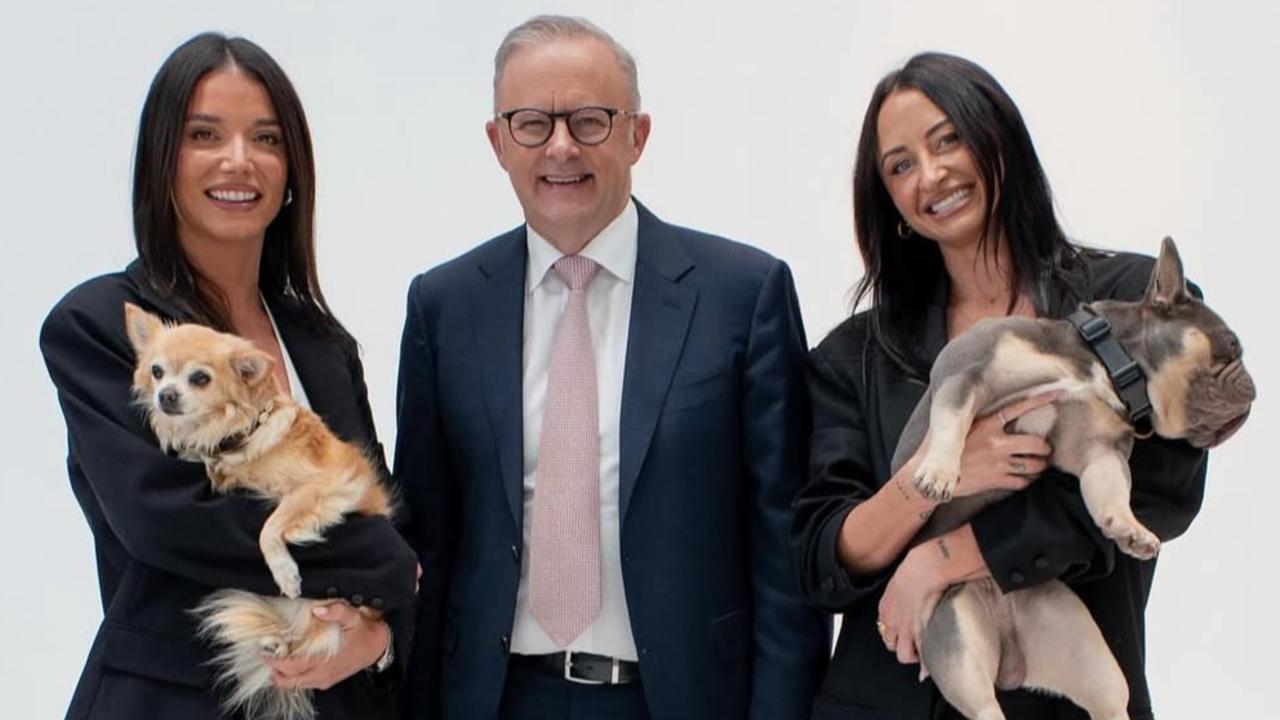
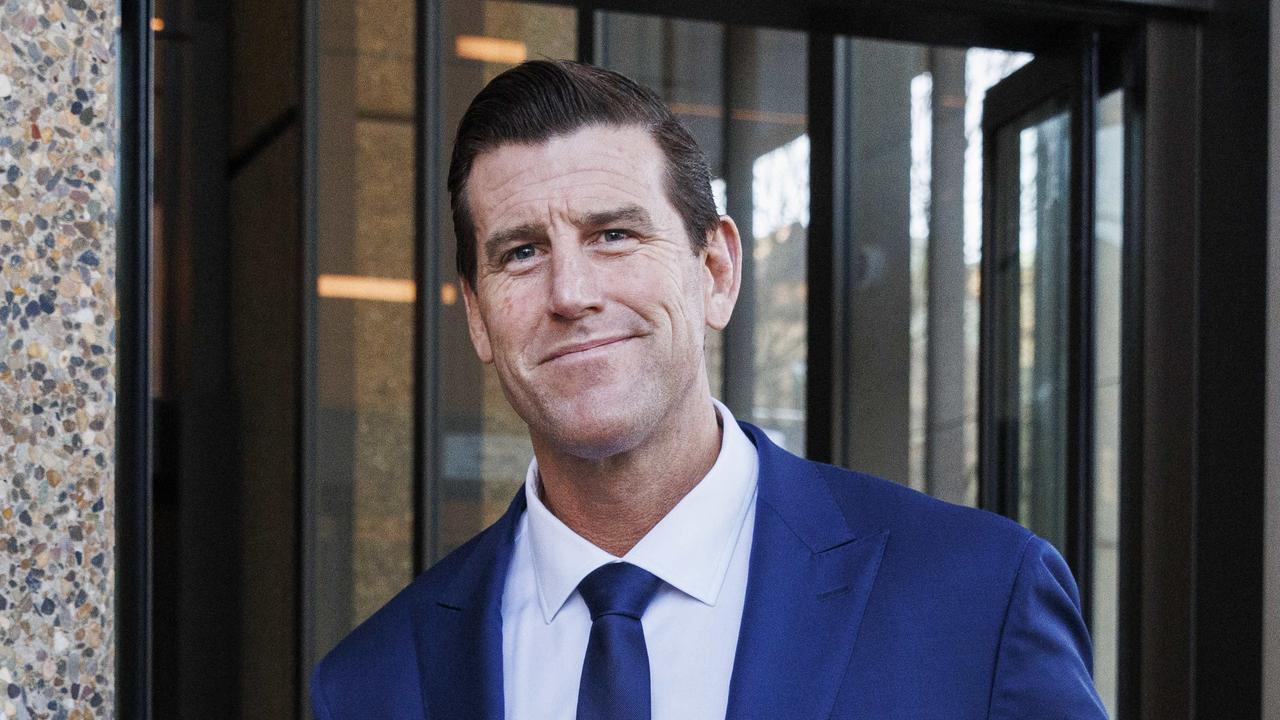
To join the conversation, please log in. Don't have an account? Register
Join the conversation, you are commenting as Logout